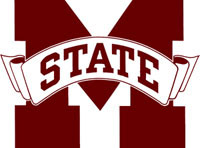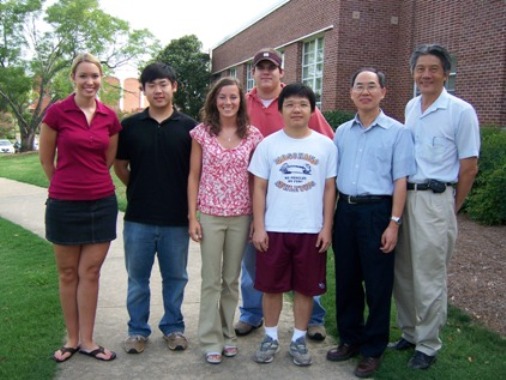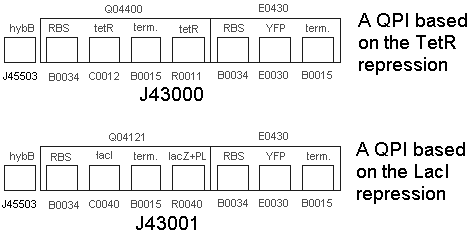Mississippi State University 2006
From 2006.igem.org
(Difference between revisions)
| Line 64: | Line 64: | ||
* We built the following two constructs:<br> | * We built the following two constructs:<br> | ||
| - | :[[Image: | + | :[[Image:untitled4.gif]] |
|} | |} | ||
Revision as of 20:48, 27 October 2006
The TeamFaculty Members:
Students:
|
Introduction
|
H2 Reporter
|
Results |
Discussion
|
Accomplishments
|



